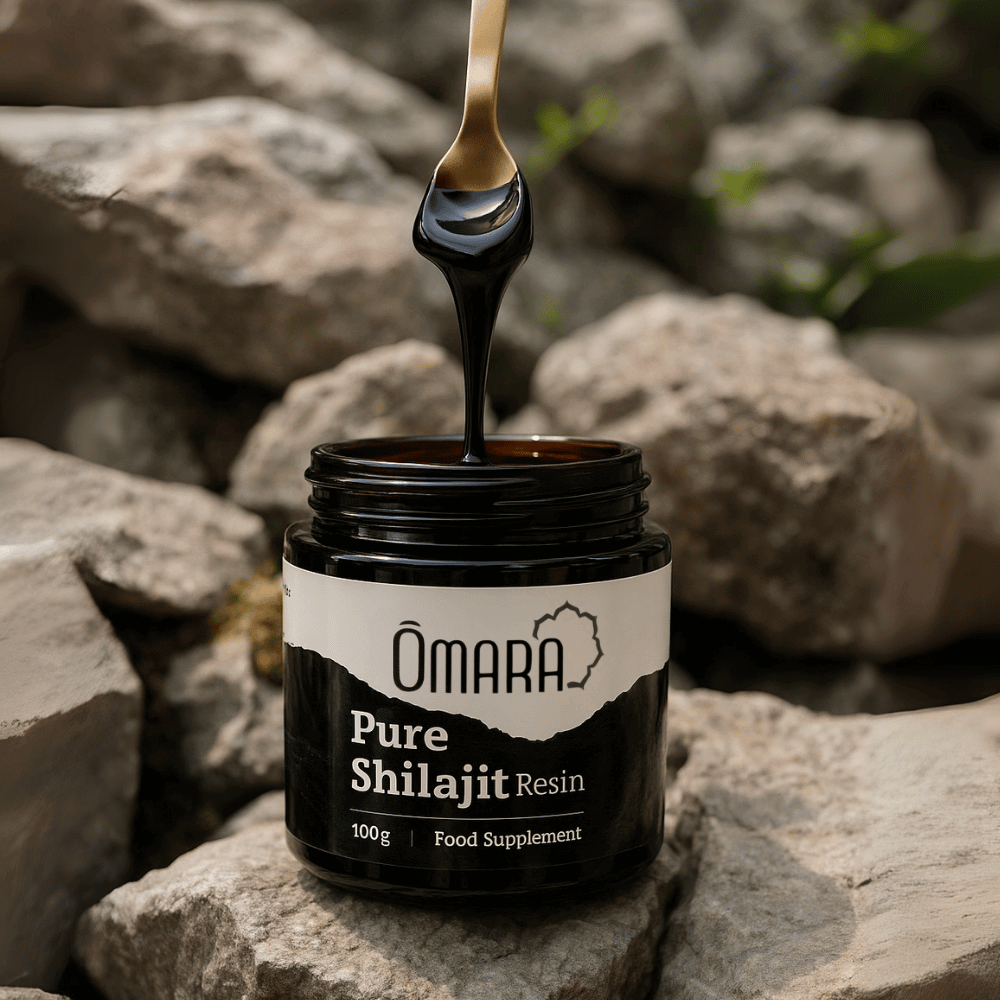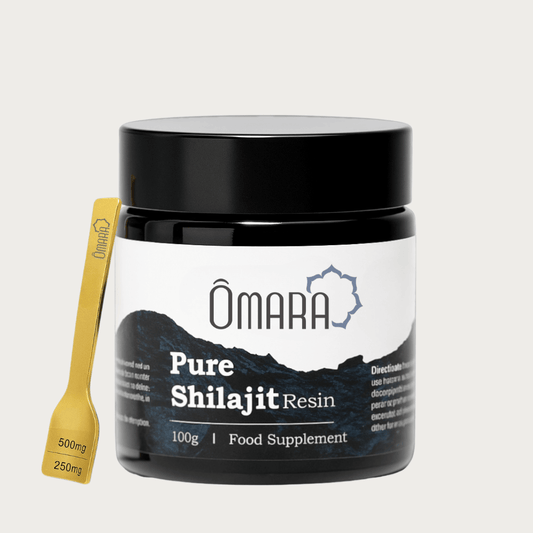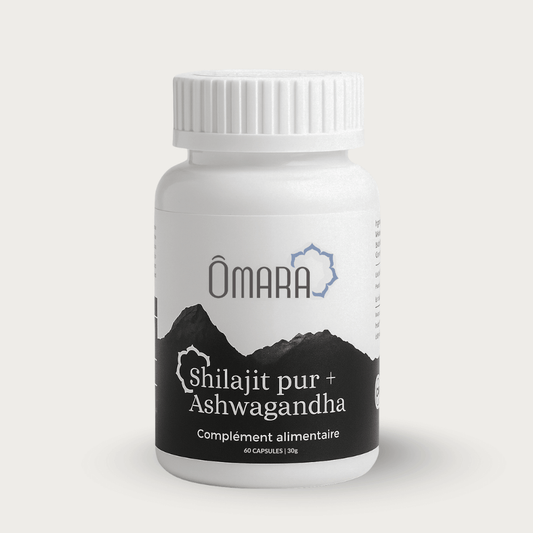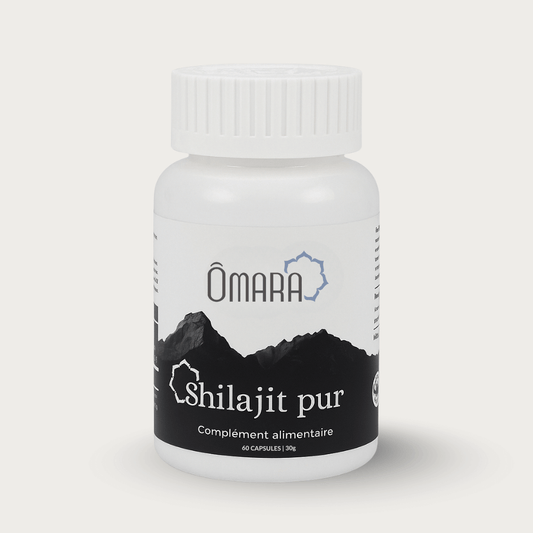
Shilajit & Joint Health: Natural Anti-Inflammatory for Pain, Mobility & Recovery
Share
Joint health is essential for an active and fulfilling life. Osteoarthritis, chronic inflammation, and cartilage wear can cause pain, stiffness, and loss of mobility. A growing body of research is investigating shilajit , a Himalayan mineral resin, for its potential to support joint comfort and mobility.
👉 Discover Pure Himalayan Shilajit
Why is shilajit good for joints?
Joint pain can result from several factors: chronic inflammation, oxidative stress, cartilage wear, or nutritional deficiencies. Shilajit, rich in fulvic acid and minerals , acts on several of these aspects at the same time.
Mechanisms of action of shilajit
- Anti-inflammatory: Shilajit may help reduce the production of inflammatory mediators.
- Antioxidant: its compounds help neutralize free radicals responsible for cartilage degradation.
- Connective tissue support: thanks to its minerals, it promotes the repair and maintenance of cartilage.
- Collagen stimulation: Certain compounds encourage the synthesis of collagen, essential for ligaments and tendons.
- Bone support: through its mineral content, shilajit contributes to bone density.
- Cellular optimization: Fulvic acid facilitates the transport of nutrients and the elimination of toxins.
How to use shilajit for joints?
- Form: pure resin for optimal bioavailability.
- Starting dosage: 200 to 300 mg (size of a grain of rice), 1 to 2 times a day.
- Targeted use: up to 800–1000 mg/day in limited courses (8 weeks).
- How to take: Dissolve in warm water, vegetable milk or an infusion.
- Time: preferably on an empty stomach in the morning.
Useful synergies
Shilajit doesn't work alone. For optimal joint comfort, combine it with:
- An anti-inflammatory diet (omega-3, vegetables, fruits).
- Gentle exercises and muscle strengthening to support joints.
- Sufficient hydration for joint lubrication.
- Other supplements such as collagen, glucosamine or MSM (according to medical advice).
Quality and precautions
- Choose a laboratory-tested shilajit to avoid contamination.
- Not recommended during pregnancy and breastfeeding.
- Caution in case of kidney disease, hemochromatosis, gout or autoimmune disease.
- Possible interactions with certain treatments (anticoagulants, blood pressure, diabetes).
- Rare side effects: digestive disorders, headaches, allergic reactions.
Omara's Testimony
"In 2007, I climbed my first Himalayan pass. In 2011, a Tibetan amchi introduced me to shilajit: my heavy legs became light. Since then, I have been committed to offering a pure, traceable product that respects the mountains."
FAQ
Does Shilajit Really Help Joint Pain?
Yes, its compounds (fulvic acid and minerals) act on inflammation and oxidative stress, two major factors in joint pain.
What is the recommended dosage?
Start with 200–300 mg/day and gradually adjust. 6–8 week courses are most common.
Can it be combined with other supplements?
Yes, including collagen, glucosamine, chondroitin, and omega-3. Seek medical advice if using any of these products.
⚠ This article is for informational purposes only and does not replace medical advice. Consult a professional if in doubt.



